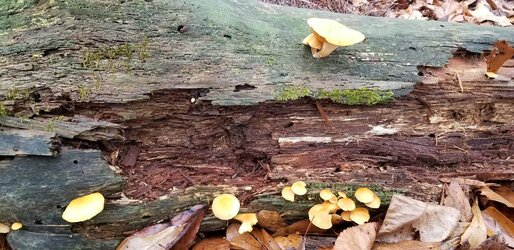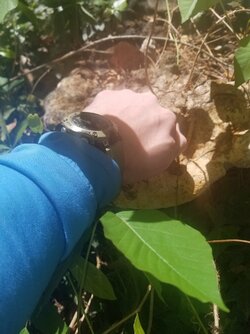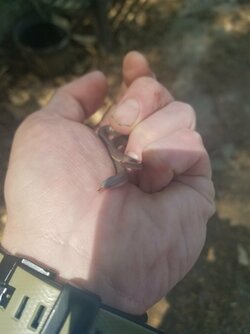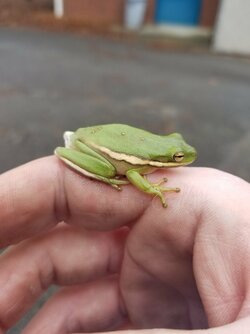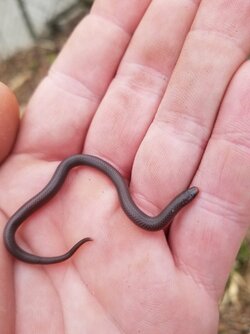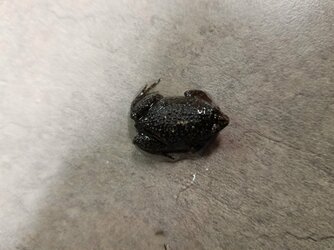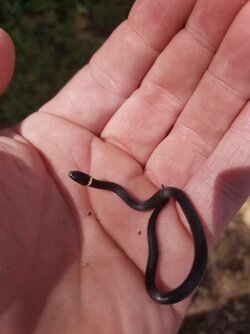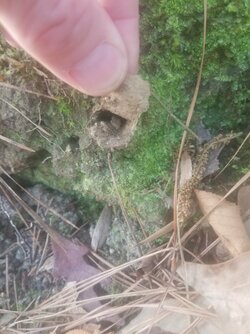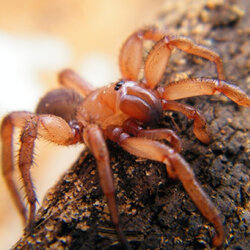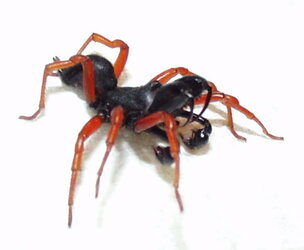Read the part about how to use the field guide first.
National Audubon Society Field Guide to North American Mushrooms (National Audubon Society Field Guides): National Audubon Society: 9780394519920: Books
Buy National Audubon Society Field Guide to North American Mushrooms (National Audubon Society Field Guides) on Amazon.com ✓ FREE SHIPPING on qualified orderswww.amazon.com
Sucks about the meadow mushrooms this year.
The guide I use is "All that the rain promises and more..." which is what my brother put me onto. He has the ginormous "Mushrooms Demystified" which was also written by David Arora, which the first book has reference points to MD, which is helpful.
